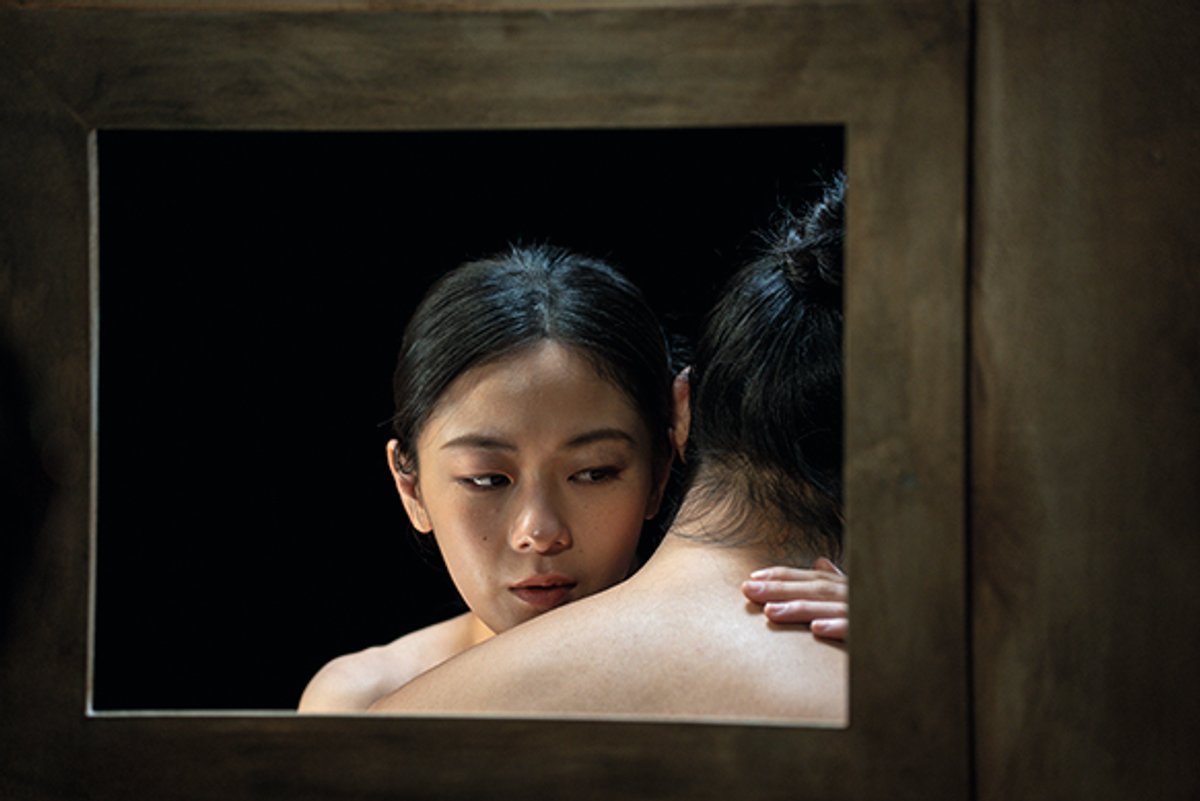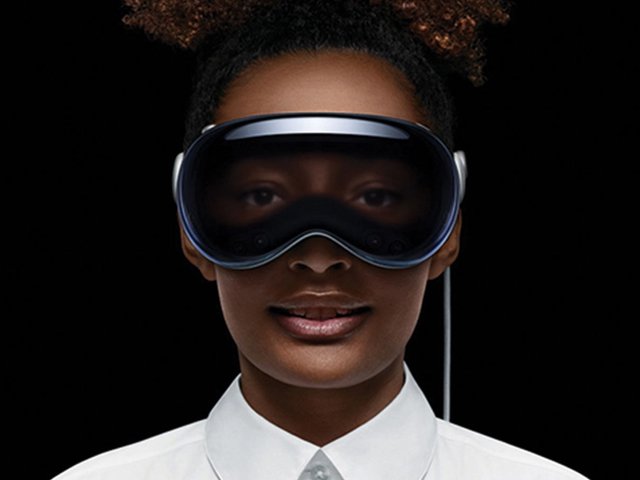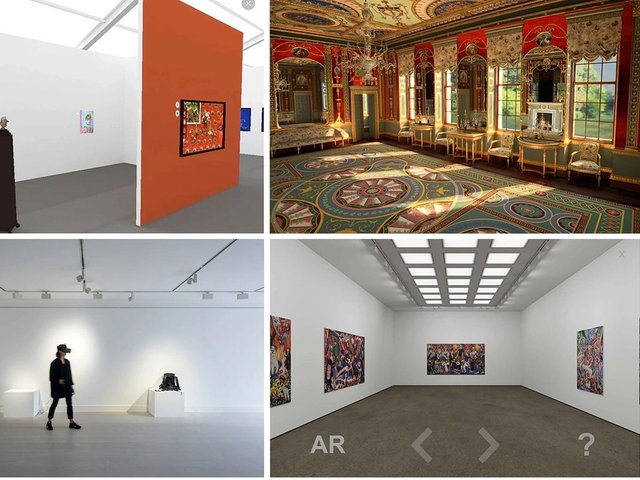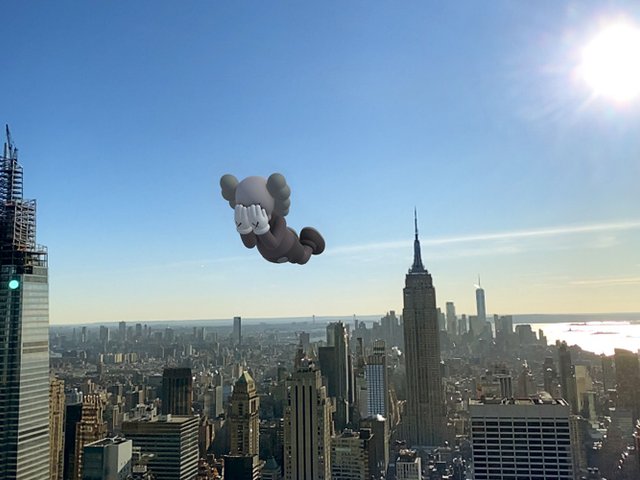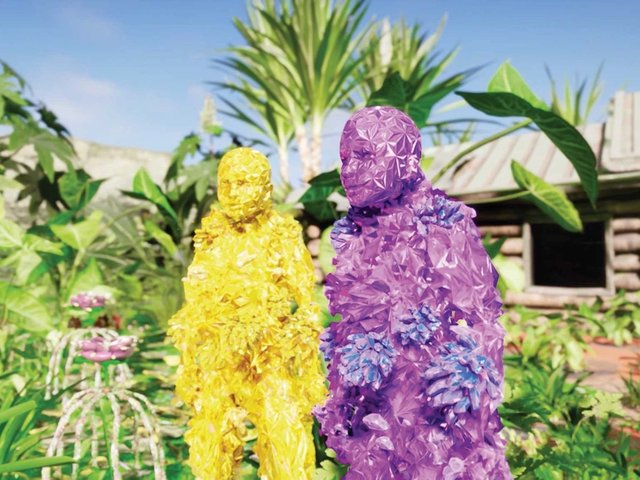The art in spatial computing
The Apple Vision Pro mixed-reality headset was the talk of tech at the beginning of the year with its unprecedented computing power and picture resolution, and leading players like Vortic and Refik Anadol Studio creating for both it and its consumer-facing cheaper rival Meta Quest 3. The Vision Pro is expensive, heavy on the head and is not set up for sharing (users have the headset custom moulded to their face), but one of the most interesting art-world apps—Art Universe from Kaleido, a launch app on Vision Pro in February 2024—demonstrates how powerfully the headset delivers in spatial computing. The apps are easy to sort and search with hand gestures, with a 3D carousel in the Art Universe app particularly beguiling. One of the launch experiences on the app, the pioneering feminist Surrealist Penny Slinger’s An Exorcism, shows the power of Vision Pro as a virtual cinema (within the setting of a historic Northamptonshire mansion), adding a vivid extra dimension to Slinger’s layered, atmospheric, collaged film-making.
Virtual imagination
Venice Immersive 2024, set in a former hospital building on Isola del Lazzaretto Vecchio, was a time to test the state of art in VR a decade after Facebook’s purchase of the Oculus Rift headset-maker launched the consumer VR revival in 2014. With the most powerful pieces kept to an optimal 15-20 minutes, entries were split between single-user experiences—set in curtained “jellyfish” spaces and expertly managed by festival volunteers—and fully immersive and multi-user experiences. Boris Labbé took the Grand Prize for Ito Meikyū, a vivid labyrinthine digital-high-art take on Japanese history. Another Japanese subject Address Unknown: Fukushima Now, by Arif Khan, presented a haunting calligraphic peeling-paint style at one with its subject. A Simple Silence, by Craig Quintero (pictured above), demonstrated the absorbing one-to-one power of 360-degree video narratives, as well as the continuing advances in quality of industry-standard cameras.
Museum quality
Nearly a year after The Art Newspaper announced the rise of giant immersive institutions as a global phenomenon and the potential challenge they posed to museums, it has been instructive to see that challenge turn to inspiration. Just days after the National Portrait Gallery in London announced a 2025 touring collaboration with one immersive institution—Frameless—the architect Annabelle Selldorf told The Art Newspaper how intrigued she is by another—Outernet—on Tottenham Court Road, a shortish walk north of the designer of the moment’s remodelling of the National Gallery’s Sainsbury Wing. “I am fascinated with [Outernet],” Selldorf said of the five-sided immersive space which collaborated with Serpentine and others on shows in 2024, “because it is... so effective. Everybody stops.” Selldorf cited Outernet’s open access to passers-by of all ages when sharing her hopes that new large digital screens in the entrance hall of the Sainsbury Wing will help make it welcoming to all when it reopens in May. She feels the screens—showing works from the collection and potentially digital artists’ interaction with it—will reduce visitor anxiety at entering the historic gallery. “And,” she says, “make people curious in a different way.”


